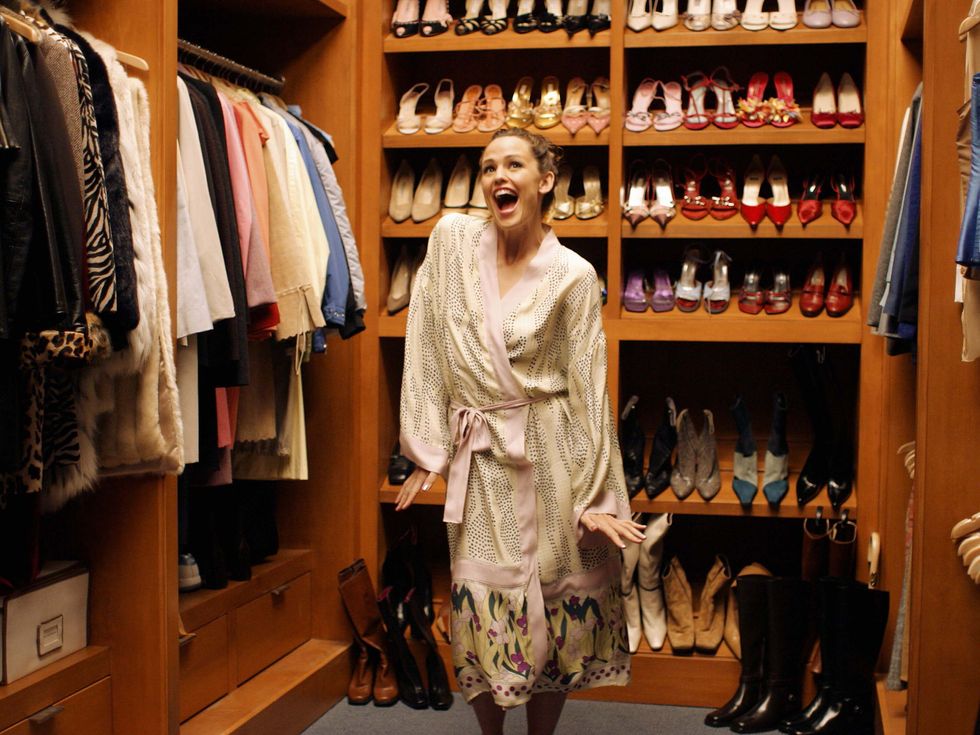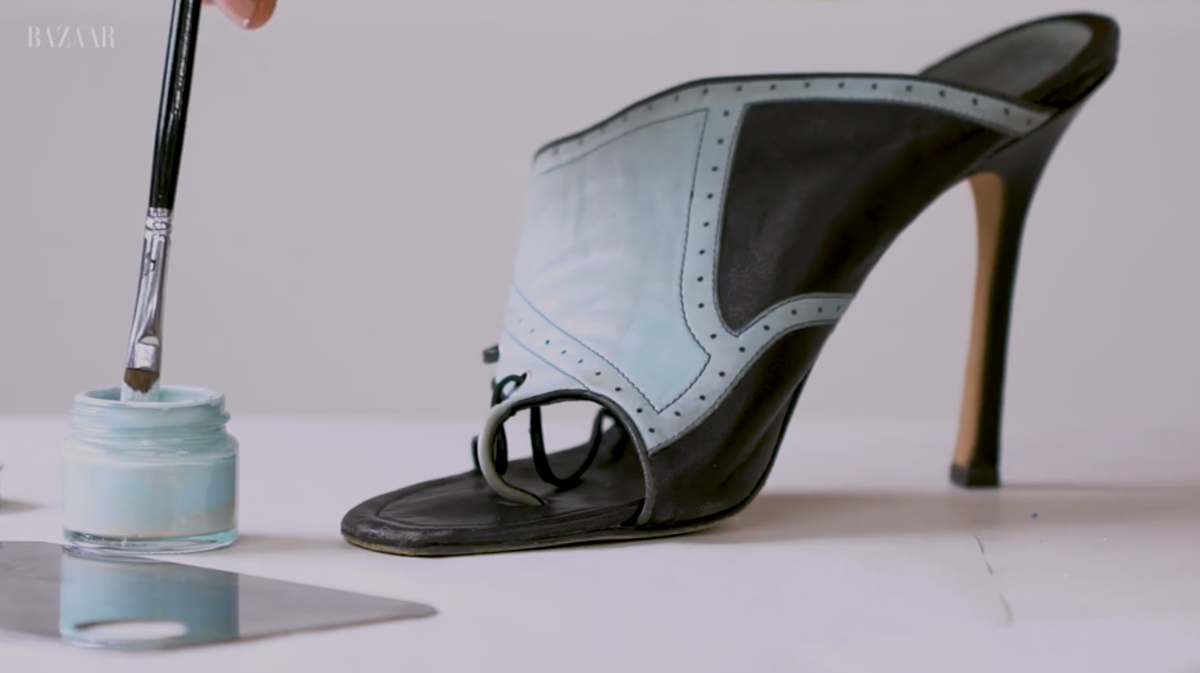Ever find yourself deliberating over a new dress and wondering: will I actually wear this? Adding an item to your mental wardrobe and calculating all the outfit combinations can help you decide whether you’ll add to basket or exit the browser.
For years, the benchmark has been 30 wears. This spawned from the 30 Wears Challenge, first conceived by Eco Age co-founder Livia Firth and journalist Lucy Seigle in 2015. “It was a very different fashion landscape as there was much less awareness and fewer brands doing sustainable work as well,” explains Firth. “So many people were coming up to me and asking me, ‘Where do I shop? What do I buy?’” Ever since, slow-fashion campaigners have used this number as a minimum standard for buying new clothing.
“At the time it was coined, it was definitely a helpful phrase because it was pushing people to think differently about how they were consuming,” explains Emma Slade Edmonson, sustainability consultant, writer and host of the Mixed Up podcast. In the last seven years, sustainability has become much more of a hot topic. These days, Edmondson says that “conversations have definitely become more intelligent, thoughtful, and layered,” when it comes to fashion. “People are beginning to think in terms of intersectional sustainability and values when it comes to making purchasing decisions and where their old clothes are going,” she says.
While public awareness may be improving, the fashion industry is still riddled with issues. Overproduction and overconsumption of cheap and disposable clothes is rampant, there’s still a lack of effective end-of-life infrastructures to divert clothing from landfills, and the manufacturing of fashion is extremely carbon-, water-, and chemical-intensive. It begs the question: is the 30 Wears rule still a useful gauge for shopping consciously?
Orsola de Castro, co-founder of Fashion Revolution and author of Loved Clothes Last, believes that the natural evolution of Firth and Seigle’s idea is an even greater emphasis on taking responsibility for the longevity of our clothes. “I restyle my clothes all the time, so for me, 30 wears is not enough. I’m more into 3,000 wears! But longevity isn’t fixed by a number — it’s not necessarily about how much you wear it, it’s how long you intend to keep it,” she says. “Up until fairly recently, we could almost follow the end of lives of our clothes, but now, we’re allowed not to take any responsibility for the clothes that we own. Surely, ownership implies responsibility.”
It doesn’t necessarily mean we should hold on to unused clothes until our wardrobes are bursting at the seams. Our tastes, lifestyles, and bodies change as we age, so realistically we can’t expect to wear exactly the same pieces forever. Luckily, there have never been more options to help us extend the life of our garments. That could include altering or repairing with the help of platforms like Sojo and the Seam; leasing your clothes on peer-to-peer rental services like Loanhood and By Rotation; reselling on Depop or Vestiaire Collective; or swapping and gifting clothes offline. With so many circular economy solutions available to us, 30 Wears could be just the beginning our clothing’s lifespan.
To enable this, buying quality items and caring for them properly so that they can stand the test of time is essential. “For fashion to be sustainable it must do what the word means: sustain in time,” says Firth. “It’s a question of knowledge,” adds De Castro. “You need to understand what you’re buying, what’s in your clothes and what are your clothes made from, in order to be able to treat them the best way possible. All of that innate information that we have for so many other things in our lives, we need to apply to our clothes.”
“What we do with our clothing is actually our legacy,” says Edmondson. Of course, it takes a little more time and effort to find new and creative ways to extend the life of garments, but the payoff for our wardrobes, and the planet, are worth it. “Like anything worth doing in life, you have to practice at it.”






